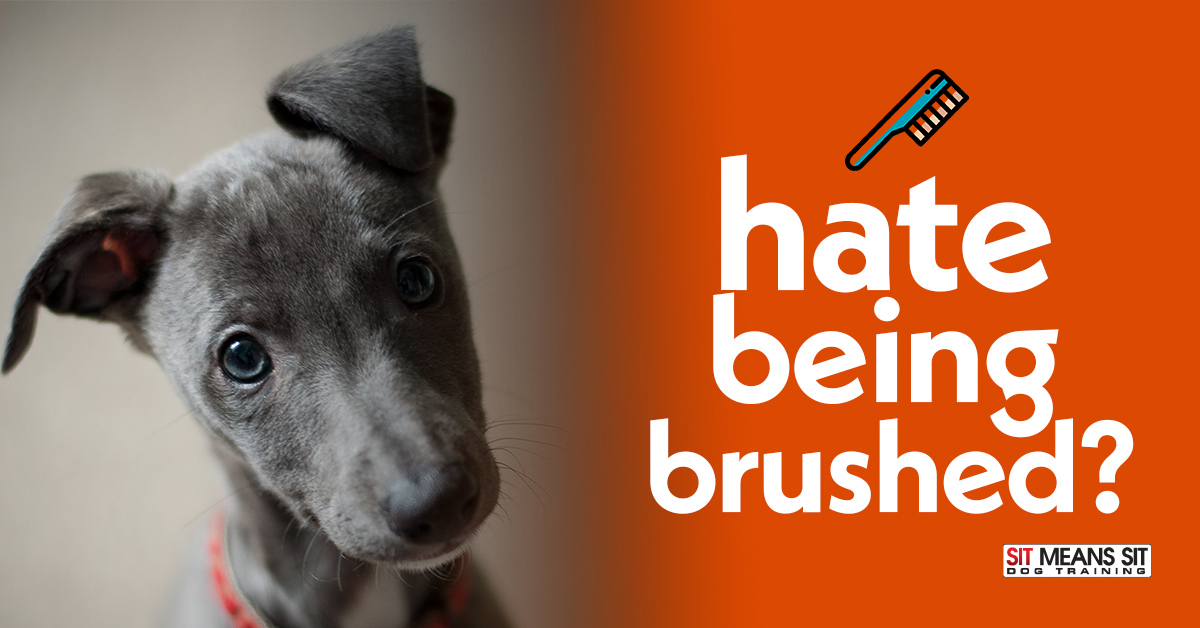
Why Does My Dog Not Like Being Brushed?
Routine grooming is a vital part of every dog owner’s routine. Not only does it keep them looking good, it also keeps you involved in their general health, giving you access to their body on a regular basis. If your dog has a negative reaction to being brushed, it’s important to understand why so you can help him feel more comfortable.
Dogs have great memories, so they will remember scary or painful experiences especially from their puppyhood. The next time you brush your pup, pay attention to when the negative reaction begins. Do they run away as soon as you grab a brush? Is it a certain motion that causes them to change their mood? Your dog could have a history of abuse that causes his fear, whether directly or indirectly related to grooming. Rescue dogs sometimes have trust issues, and may not fully trust you yet if he is fairly new. It’s also entirely possible your dog just has a lot of energy to burn.
Do your best to not get frustrated with your dog, as this can intensify your dog’s distress. Come prepared with lots of little treats on hand. Choose a small enclosed area, such as a porch. Start by giving him a few treats and let your dog sniff the brush or grooming glove. Slowly and gently brush sections that are easiest to reach and cause the least negative reaction, offering treats along the way. Keep sessions short and positive, gradually building up the length of time spent and area of brushing. If your dog struggles to sit still, try wearing them out first with a high-energy activity.
Some dogs get aggressive in reaction to getting brushed. Growling or biting may require a professional trainer or groomer knowledgeable in dealing with these tendencies.
If your dog’s negative reactions continue, you may need to contact your veterinarian. Inflammation, infections, or arthritis are possible reasons your dog continues to dislike grooming sessions, an important part of your dog’s overall health.
